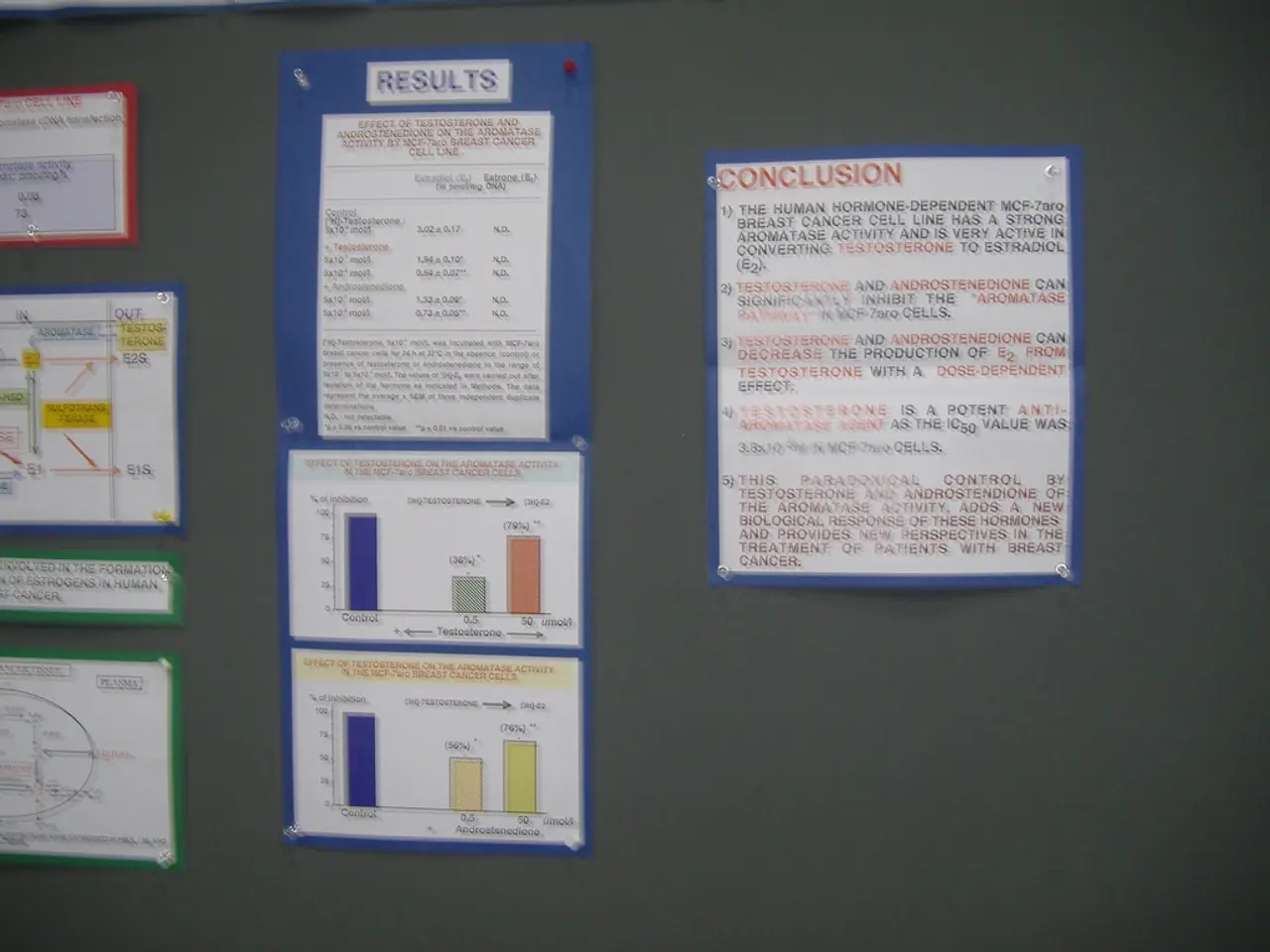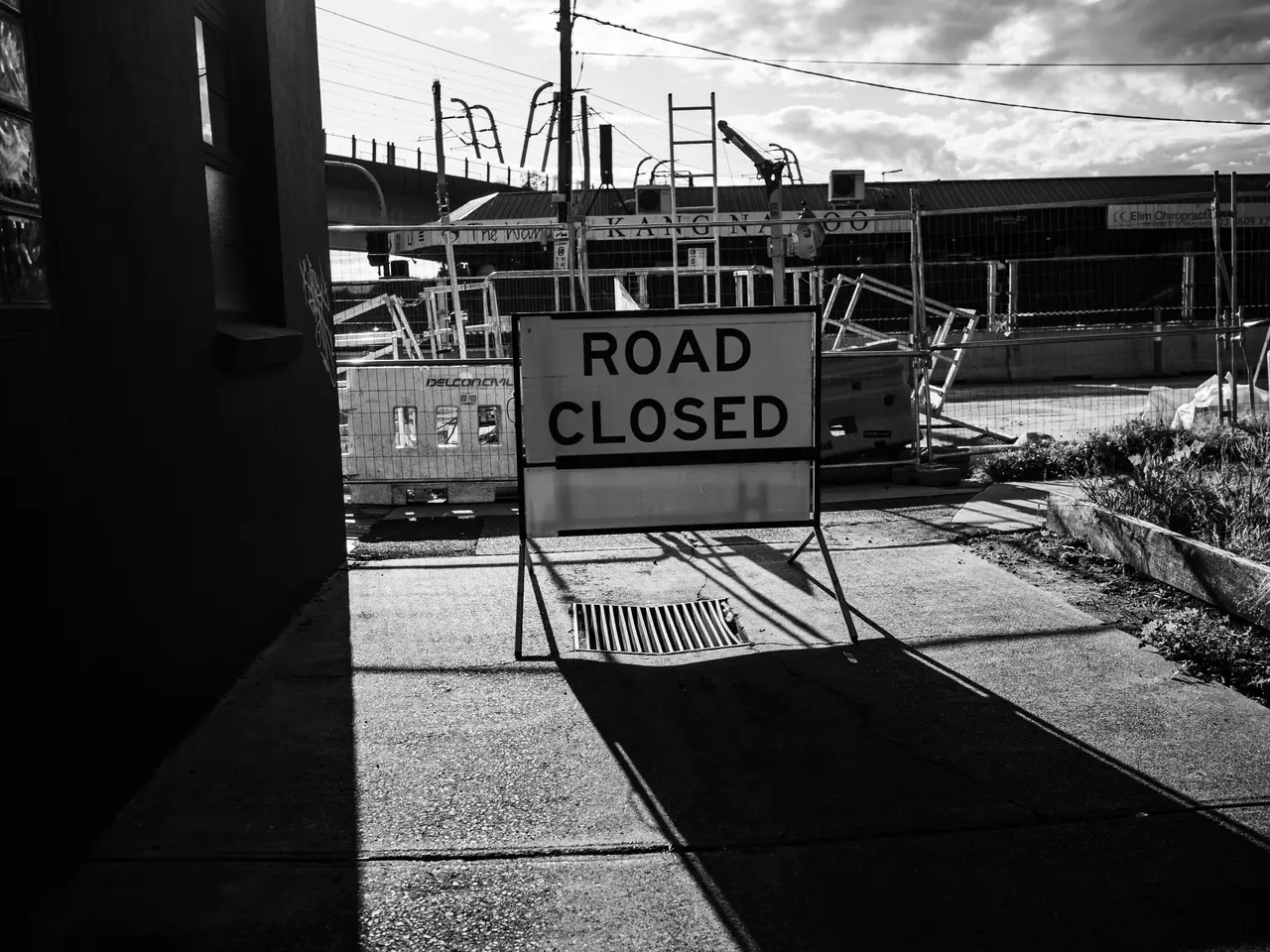European initiatives encounter environmental hurdles
The European Union (EU) is grappling with a complex set of challenges as it seeks to boost domestic extraction and processing of critical raw materials (CRMs) essential for its technological advancements and ambitious goals in digitalization, ecological transition, and defense.
### Key Challenges
1. **Geopolitical Dependence and Supply Chain Vulnerability** The EU's reliance on a few non-EU countries for CRMs, such as the Democratic Republic of Congo (63% of cobalt) and China (100% of rare earth elements for permanent magnets), exposes it to supply risks and disruptions, as seen in recent geopolitical tensions and export restrictions.
2. **Environmental Impact and Public Acceptance** Mining and processing CRMs inherently cause environmental pollution, necessitating the EU to strike a delicate balance between expanding raw material extraction and minimizing ecological damage. Public acceptance is also a significant hurdle, with local opposition often arising due to environmental concerns.
3. **Meeting Ambitious EU Targets under Regulatory Constraints** The EU's Critical Raw Materials Act (2024) sets ambitious goals for CRM extraction, processing, and recycling by 2030. Achieving these targets requires scaling up capacities within the constraints of strict EU environmental and social regulations, which can slow project development and increase costs.
4. **Industrial and Technological Challenges** Increasing CRM supply necessitates investments in advanced processing and recycling technologies and upgrading industrial capabilities, particularly in semiconductor production and space technology sectors. Fragmentation among EU member states’ policies and insufficient coordination with reliable international partners can hinder the development of an integrated supply chain and undermine strategic autonomy.
5. **Financing and Strategic Project Development** To secure supply, the EU has designated 47 strategic projects within its territory and 13 in non-EU countries, with a total investment of around €5.5 billion. Despite financial incentives and preferential access to funding, aligning commercial, environmental, and societal interests remains complex.
### Summary Table of Challenges
| Challenge | Description | Impact on EU Objectives | |---------------------------------|-------------------------------------------------------------------------------------------------|-------------------------------------------------| | Geopolitical Dependence | Reliance on few countries (e.g. China, DRC) for critical raw materials | Supply risk, disrupted value chains | | Environmental & Public Concerns | Pollution from mining and processing; local opposition to new mines | Limits expansion, requires sustainable methods | | Regulatory Stringency | Strict EU environmental and social regulations | Slower project approvals, higher compliance costs| | Industrial Capacity & Tech | Need for advanced processing & recycling; fragmentation in policy coordination | Limits scale-up and integration of supply chains| | Financing & Strategic Projects | Investment needs and alignment of interests in domestic and overseas projects | Critical for securing diversified, stable supply|
In conclusion, the EU must carefully balance boosting domestic extraction and processing of critical raw materials to meet its digital, ecological, and defense goals, while minimizing environmental impact and maintaining public acceptance. This requires robust regulatory frameworks, enhanced recycling, diversification of supply sources, and strategic investments supported by coordinated EU-wide policies and international partnerships.
- The European Union's (EU) ambitious policy-and-legislation, such as the Critical Raw Materials Act (2024), will face challenges in meeting environmental-science standards while mitigating climate-change impacts during the expansion of raw material extraction.
- Businesses within the science industry, particularly those involved in the production of cobalt or rare earth elements, may struggle to secure funding due to the general-news surrounding supply chain vulnerabilities and geopolitical tensions.
- The EU's policy-and-legislation should address industry-specific challenges in both advanced processing and recycling technologies, focusing on the semiconductor production and space technology sectors to bridge the gap in fragmented member state policies.
- As the EU strives to achieve its technological advancements, it must navigate political complexities in securing strategic partnerships with foreign industries and governments, especially when it comes to the extraction and processing of climate-change-related raw materials.
- In order to mitigate the environmental impact and foster public acceptance of new extraction projects, the EU should invest in comprehensive education campaigns, emphasizing the importance of these critical raw materials for the EU's digital, ecological, and defense objectives, as well as the use of sustainable practices in their extraction and processing.








